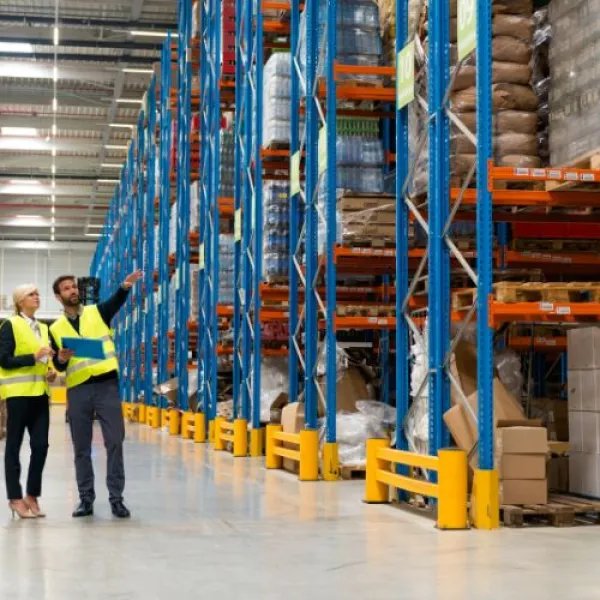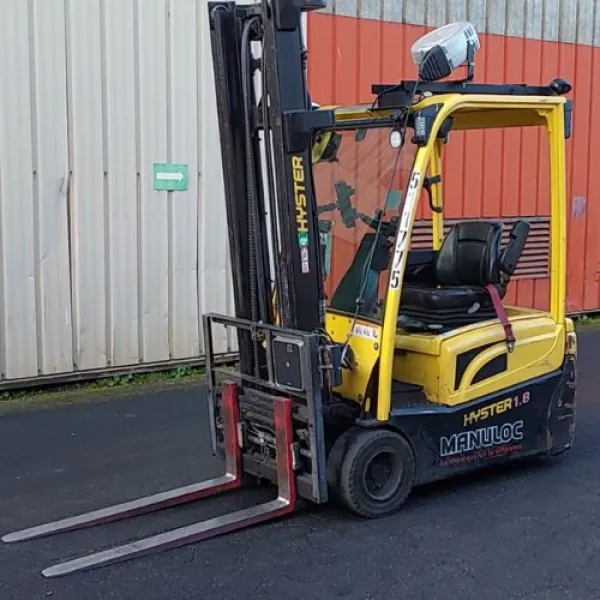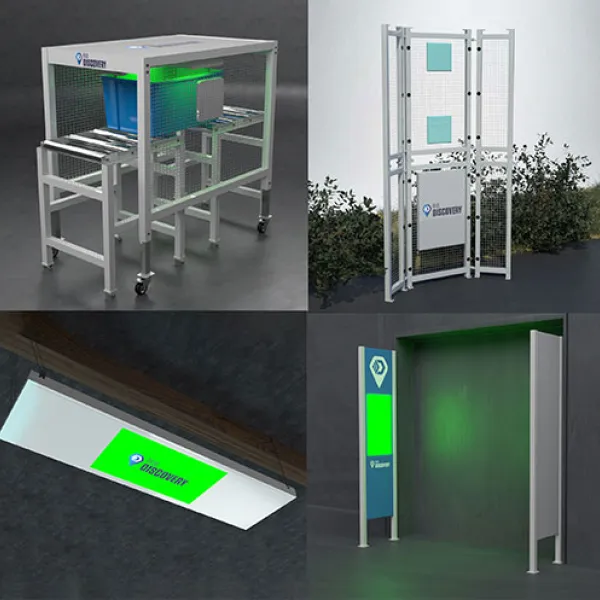8 Tips to improve warehouse efficiency for your business
When products roll out on time and customers are happy, it’s easy to assume a company is efficient – but it’s amazing how many little tweaks can be made to make a big positive impact to an organisation’s bottom line.
Good warehouse efficiency is not only about putting everything in its place and getting products out on time, it’s about maximising productivity while saving time and money. Some practices like labelling are intuitive and can be done without the use of software. Others like barcodes, scanners, and RFID systems are all part of warehouse and inventory management systems that focus on monitoring the flow of staff and/or products and enhancing accuracy with software.
Efficiency in your warehouse is paramount to the success of any company with distribution and increasing warehouse efficiency is a top priority for warehouse managers everywhere. It’s a well-known fact, that improving efficiency reduces overall costs. Despite this, so many companies haven’t yet made the small changes necessary to address this.
Whether you have a multi-channel or just a small warehouse, making some simple changes can easily improve workplace efficiency. Here are some helpful tips for improving a warehouse’s performance that can be applied to any warehouse operation.
1. Review effectiveness
You can’t improve something if you don't know what's wrong. You need to do some analysis. It is important to gauge if you are using your available resources to the fullest. Is there a flow of goods in and goods out? Any inefficiency within the chain will impact negatively throughout the whole process, like a ripple effect. Quite often this means that to resolve a problem in the system, the whole system has to be reviewed. It’s no use enforcing a new system in one area if something else isn’t working correctly.
2. Warehouse layout
It’s an obvious point to make that good warehouse efficiency and the layout of a warehouse go hand-in-hand, but even a well-organised warehouse can quickly become disorganised and difficult to navigate, which can slow your staff down and lead to numerous safety hazards. Always keep check on the layout of your warehouse and make sure your staff are following the correct procedures and sticking to the most efficient routes. Knowing where each item is using RFID technology can allow safer and quicker locating of items around the warehouse.
3. Forecast ahead
For most businesses, there are generally times of the year which attract increased demand for certain items i.e seasonal trends like Christmas. A business software system, which includes demand forecasting, can predict shifts in your items and adjust the automatic reordering to fit the demand. Monitoring the items leaving a warehouse using RFID technology can provide evidence for forecasting and prove if certain months had higher outgoings of a certain item in comparison to the previous year.
4. Track your products
You can now get complete tracking and end-to-end traceability of products. By using latest location tracking technology, RFiD Discovery tracks the location of your products through manufacturing, quality control, warehousing and despatch. If you choose to track individual items, handheld readers allow you to identify products off-site to detect counterfeits or access maintenance records. Using an automated tracking system not only reduces search times, it reduces labour costs and business process delays. It also ensures quality records are accurate by eradicating errors typically associated with manual processes.
5. Keep on top of stock
Overstocking of items is one of the biggest pain points for wholesale distributors, and many end up writing off large amounts of unsold or expired stock on a regular basis. Start putting an RFID system in place which shows your stock in real-time, providing reporting to help your inventory management. RFiD Discovery uses real time location systems (RTLS) and automated identification and data collection (AIDC) to automatically track inventory on a daily basis. This means every pallet movement is recorded so you’ll always be able to keep on top of any stock issues and maintain FIFO and LIFO procedures.
6. Take advantage of technology
The implementation of warehouse technology provides more visibility through data, which allows each employee to collect real time information on the various warehouse and logistics processes. Plenty of options are available – this includes bar codes, radio frequency, pick-to-label and voice-activated technologies. These new technologies are all designed to provide different levels of increased productivity and improved accuracy.
7. Reduce shipping errors
Shipping errors can lead to customer dissatisfaction and reduce sales in the long term. They also take up a lot of internal resources to put right as procedures need to be carried out to correct these mistakes. Tracking identification technologies can significantly reduce the number of incidences where the wrong product is shipped to a customer. RFID technology can help ensure the correct items are loaded onto trucks leaving a warehouse and are shipped to the right customers. This reduces shipping errors and also the time taken to sort items later on.
8. Train your staff
Making sure managers are properly trained and understand the trigger points for efficiency is essential. This should be an ongoing process with regular reviews and updates on new technology, as well as inviting feedback in order to address problems swiftly and effectively. The sharing of information freely helps to reduce risk and increase efficiency and inclusion. When tracking assets with RFID technology, bottlenecks and lost items become more visible and can therefore indicate whether training is needed in certain areas of the warehouse to solve this.
With smarter warehouse management, you can reduce warehouse costs. Consider RFiD Discovery's solutions to improve the data in your existing WMS or ERP.




